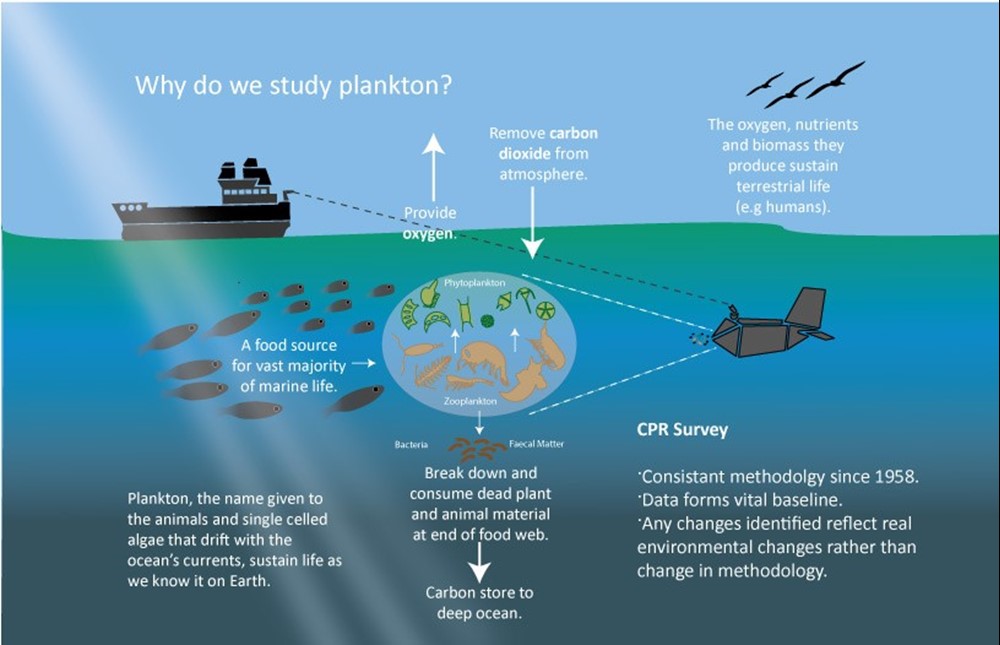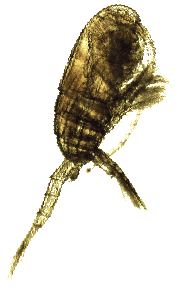What are plankton?
Plankton form the basis of almost all life in our oceans and yet most are too small to see with the naked eye. A single glass of seawater can contain hundreds of tiny individuals, a secret world teeming with activity. The term plankton comes from the Greek, planktos, which means to drift or wander – these organisms do not swim, but are carried by the ocean’s currents. Although the majority of species are microscopic, plankton also include much larger animals, like jellyfish.
Phytoplankton (single celled algae) and zooplankton (animal plankton) occur in all our oceans, and are among the most abundant organisms on the planet, outnumbering even insects. They play a crucial role in ecosystem functioning; they form the base of the marine foodweb, produce half of the world’s oxygen, form part of many marine animals lifecycles as planktonic eggs or larvae and play a key role in the carbon cycle, fixing 100 million tons of CO2 every day.
Why monitor plankton?
Plankton can be considered the foundation of life in the sea. They are very sensitive to changes in their environment (e.g. temperature and pH) and due to their rapid turnover, they are excellent indicators of change in the marine environment. By monitoring plankton communities across basin scales and over many decades, the CPR Survey provides us with the ability to recognise changes in our marine environment over and above natural variations and trends.
Anthropogenic and global climate pressures on the marine environment are set to increase over the coming decades. Tools such as the CPR Survey help progress our understanding of changes occurring in the marine environment, and are essential to inform appropriate and effective management decisions at local, national and international levels.



